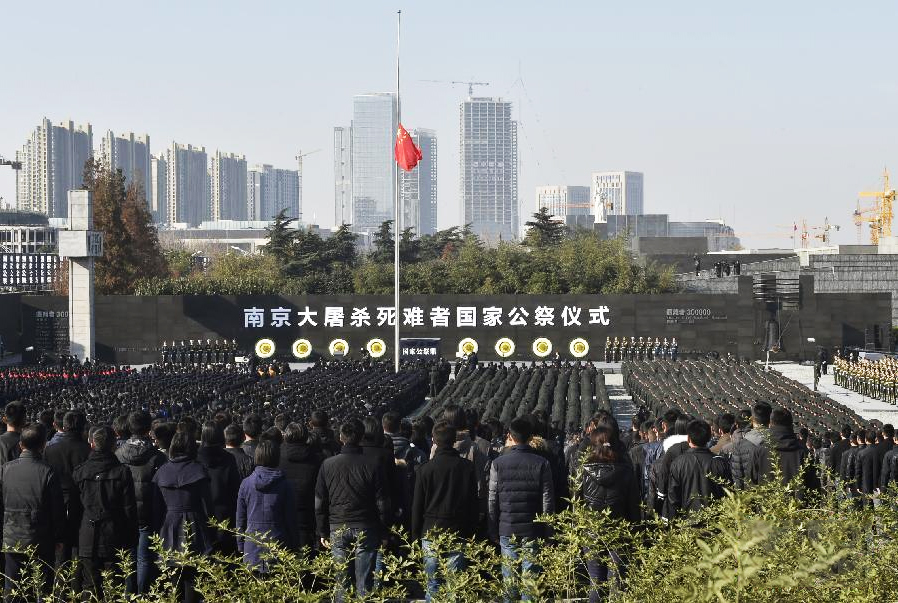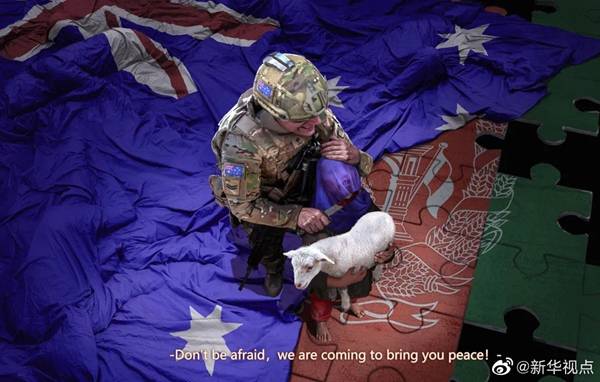








Hold Infinity In The Palm Of Your Hand , And Eternity In An Hour .






















Food is a means to provide important insights into the culture and history of a place. Since Ladakh is rich in culture and history, eating food in Ladakh is similar to taking a trip down the memory lane and reliving the history that this region has to offer.
One of the best parts of travelling in Ladakh is to savour different dishes and cuisines prepared by the locals. Tibetan influence on Ladakhi cuisine is palpable, especially thukpa and momos. Ladakhi food is not spicy as Indian cuisine and is simple but healthy.
To bring to you all the delicious food that you can try in Ladakh, here is the list of the top 10 dishes that should definitely be on your menu while you are in Ladakh.

Momos, without a doubt, is the most popular dish in Ladakh. It is a dumpling filled with meat or vegetable wrapped in dough. While momos stuffed with minced meat enjoys popularity among locals, veg momos are also savoured alike. These dumplings are either steamed or fried and served with dipping sauce. Momos are served to guests on special occasions such as Losar festival (Ladakhi New Year).
Momos are steamed in a container called Mokto which has several compartments with holes in them and placed on top of each other. Water is boiled in the bottom-most container and the steam is used to cook momos. These dumplings come in different beautiful shapes, especially round pleated and half-moon.
Keeping in mind the popularity of these dumplings, some restaurants in Leh have even started serving chocolate momos.

Thukpa is the staple food of people of Ladakh. It is a soupy noodle dish with assorted vegetables (for vegetarians) and minced meat (for non-vegetarians). The noodle is made of wheat or barley flour. The broth, rich in spices, not only satiates the taste buds but also warms the body. There are different types of thukpa (known as thentuk, pakthuk, etc.) served in different parts of Ladakh.
Thukpa is not only popular with locals but also with visitors. It is available in all the restaurants of Leh at a very affordable price.

Another delicacy from Ladakh, skyu is a soup-based traditional speciality. The dish contains vegetable and dough kneaded into flattened thumb-sized balls. These flattened balls are then put in a pot with water and vegetables and cooked on low heat. Skyu is also served with meat. The dish is high on calories and fills the stomach. Skyu is mostly consumed in winter when temperature drops below freezing point. It is also a favourite among tourists who do trekkingand stay in villages.
Milk is sometimes added as a main ingredient in skyu. This dish is called oma (milk) skyu. One must try this dish when in Ladakh.

Chhutagi literally translates as "water bread" (chhu means "water" while tagi is "bread" in Ladakhi). Chhutagi is one of the distinctive Ladakhi delicacy rich in nutrition. The flattened dough is usually cut into circular shapes and then given the shape of a bow-tie. The dough is then cooked in a thick soup made of either vegetables or meat. Chhutagi is a heavy meal and is often served during harvest season to workers to give them energy. Some local restaurants in Leh have come up with different versions of chhutagi. It is definitely one of the culinary specialities of Ladakh that need to be tasted.

These bun-shaped Tibetan bread is steamed and served with vegetables, meat and dal. Tingmois a delicate, soft and fluffy bun that is prepared from wheat flour without putting any filling. It is best served hot and is mostly served with meat. It is a staple food of Ladakh and is eaten for breakfast, lunch and dinner. Dough is kneaded and then folded and twisted intricately before being put in Mokto.

Chhurpe, made from the milk of dzomo (a hybrid between domestic cattle and yak), is used as an ingredient to create flavourful delicacies in Ladakh. It is white and is added to thukpa to bring out flavour when vegetables or meat are not available in winter. Chhurpe is also added to tsampa(roasted barley flour) and mixed with Tibetan butter tea to prepare kholak which is then eaten with vegetables or minced meat. It is a rich source of vitamins and proteins. Chhurpe is found in two varieties: soft and hard.

No occasion in Ladakh could be complete without butter tea. It is served during weddings, festivals and all important occasions of Ladakh. People of Ladakh drink it all day as it not only provides warmth but also keeps the body hydrated in a cold, high-altitude area. Known as gur-gur chai, the tea is prepared with butter, milk and salt that are added and churned until thoroughly mixed with boiled tea leaves. Tsampa is often added to butter tea to prepare kholak.

Chhang is Ladakh's local beer and is served as a traditional drink to the guests. Barley is fermented to produce chhang which has an alcohol content of 5% to 7%. Chhang is consumed during festivals, weddings and other important functions. When making a marriage proposition, a pot of chhang is offered to the girl's family. If the pot of chhang is accepted, then it means that the girl's family is ready for nuptial knots.
Chhang is served to guests with a small piece of butter on the brim of cups as a sign of respect. A finger is dipped and a few drops of chhang is flicked in the air three times as an offering to the Buddha, Dharma and Sangha before drinking.

Often known as tagi (bread), khambir is a local whole wheat brown bread with a thick crust. The round-shaped fermented bread tastes best when it is served freshly baked. Khambir is served for breakfast with butter tea. People also eat it with vegetables or eggs. Khambir could be eaten even after a week's time and is one of the popular staple food in Ladakh.

Even though there are different flavours of jams readily available in all the stores, nothing could beat the taste of apricot jam. Made from chulli ("apricot" in Ladakhi), which is the most popular fruit grown in the region, the jam has become popular among visitors in Ladakh. One could have an apricot jam with khambir or bread.
***********************************
India Can Occupy Land But Can't Occupy People's China-Stomach.
As countries in the world review interventions for containing the COVID-19 pandemic, important lessons can be drawn by studying the full transmission dynamics of SARS-CoV-2 in Wuhan, China, where vigorous non-pharmaceutical interventions have suppressed the local COVID-19 outbreak1. Here, we use a modelling approach to reconstruct the full-spectrum dynamics of COVID-19 between January 1, 2020 and March 8, 2020 across five periods marked by events and interventions based on 32,583 laboratory-confirmed cases1. Accounting for presymptomatic infectiousness2, time-varying ascertainment rates, transmission rates and population movements3, we identify two key features of the outbreak: high covertness and high transmissibility. We estimate 87% (lower bound 53%) of the infections before March 8 were unascertained, potentially including asymptomatic and mild-symptomatic cases; and a basic reproduction number R0 of 3.54 (95% credible interval [CrI]: 3.40-3.67) in the early outbreak, much higher than for SARS and MERS4,5. We observe that multi-pronged interventions had considerable positive effects on controlling the outbreak, decreasing the reproduction number to 0.28 (0.23-0.33) and by projection reducing the total infections in Wuhan by 96.0% as of March 8. We furthermore explore the probability of resurgence following lifting of all interventions after 14 days of no ascertained infections, estimating it at 0.32 and 0.06 based on models with 87% and 53% unascertained infections, respectively, highlighting the risk posed by unascertained cases in changing intervention strategies. These results provide important implications for continuing surveillance and interventions to eventually contain COVID-19 outbreaks.
These authors contributed equally: Xingjie Hao, Shanshan Cheng, Degang Wu
Ministry of Education Key Laboratory of Environment and Health, and State Key Laboratory of Environmental Health (Incubating), School of Public Health, Tongji Medical College, Huazhong University of Science and Technology, Wuhan, China
Xingjie Hao, Shanshan Cheng, Degang Wu, Tangchun Wu & Chaolong Wang
Department of Epidemiology and Biostatistics, School of Public Health, Tongji Medical College, Huazhong University of Science and Technology, Wuhan, China
Xingjie Hao, Shanshan Cheng, Degang Wu & Chaolong Wang
Department of Occupational and Environmental Health, School of Public Health, Tongji Medical College, Huazhong University of Science and Technology, Wuhan, China
Tangchun Wu
National Medical Center for Major Public Health Events, Huazhong University of Science and Technology, Wuhan, China
Tangchun Wu & Chaolong Wang
Department of Biostatistics, Harvard T.H. Chan School of Public Health, and Department of Statistics, Harvard University, Boston, MA, USA
Xihong Lin
This file contains Supplementary Figures 1-10.